With 1.3 million inhabitants, the Serbian capital Belgrade is not only the country’s largest city, but also the largest metropolis in the entire region. In this article we want to present the most beautiful Belgrade sights and show you how versatile the Serbian capital presents itself today. Picturesquely located at the confluence of the Sava and Danube rivers, you can turn night into day here on party boats.
But also culture and architecture fans will enjoy Belgrade. For example, the Cathedral of St. Sava is the largest church in the Balkans and a sight of European rank. The Belgrade Fortress is also worth a visit and a walk through the Old Town should not be missed on any visit to Serbia.
The history of Belgrade
Archaeological findings testify that the area around Belgrade was inhabited as early as 5000 BC. In 279 BC Roman sources mention for the first time a Celtic settlement called Singidunum. In 86 BC, this settlement was then conquered by the Romans and developed into an important legionary camp and part of the Danube Limes.
Huns, Byzantines and Slavs
In 331, the future Roman emperor Jovian was born here. Moreover, in this phase the city gets the status of a Roman colony, which strengthens its autonomy. However, the Huns invaded Singidunum in 441 and almost completely destroyed it. Then, in 510, the city comes under Byzantine control. In 630 Slavs conquer the city and furthermore Slavicize large parts of the Balkan Peninsula. In 878, the Slavic name Belgrade or Beograd was used for the first time.
Hungarians and Ottomans
In 1189 there is the Third Crusade under Barbarossa, whose troops plunder and destroy the city. Shortly thereafter, Belgrade fell to the Hungarians. In 1456, the Ottomans attacked the city, but it was not until 1521, under Suleyman I, that Belgrade was conquered and subsequently developed into a modern metropolis. In 1594, the Serbs dared to revolt in the city, which was, however, put down.
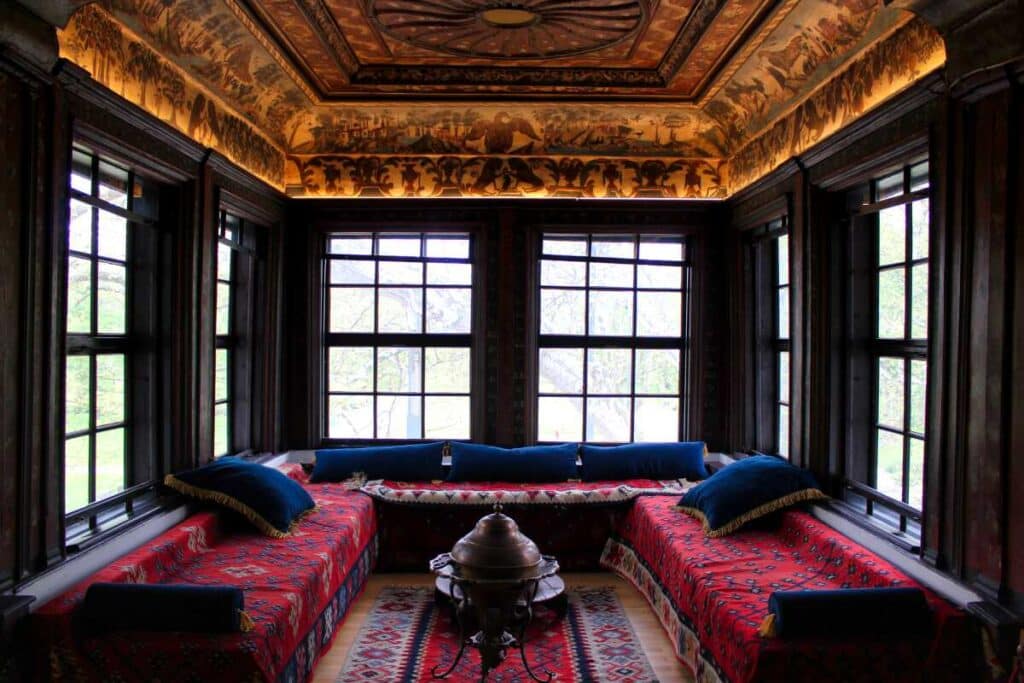
Austria vs. Ottoman Empire
In 1717, Eugene of Savoy succeeds in conquering the fortress of Kalemegdan, which is now developed into an important bulwark against a renewed Ottoman advance. Later, they lose control of the city again to the Turkish arch-enemy. It is not until 1815 that a Serbian uprising against the Ottomans succeeds under Miloš Obrenović, but the last Ottoman soldiers do not leave the fortress until 1867.
Rule of the Serbs
In 1878, at the Congress of Berlin, it was decided that Serbia should henceforth exist as an independent state, and Belgrade grew rapidly as a result. During World War I, Belgrade was repeatedly exposed to Austro-Hungarian attacks, and the city was heavily destroyed. In 1918, Belgrade became the capital of the newly founded Kingdom of Serbs, Croats and Slovenes.
In the united Yugoslavia
During World War II, Belgrade was bombed by the Germans, and after the city was captured, massacres of the Serbian and Jewish population took place. The city is subsequently conquered by Tito’s troops and declared the capital of the Socialist People’s Republic of Yugoslavia; as a result, a completely new part of the city, Novi Beograd, is created.
In 1999, Belgrade experienced the darkest hour of its recent past. NATO flies air strikes on the Federal Republic of Yugoslavia for 78 days, and Belgrade is also severely affected. In 2000, Slobodan Milošević is overthrown and extradited to the war crimes tribunal in The Hague for the massacres of the Kosovar population.
Belgrade today
Subsequently, Belgrade and other cities were rebuilt, and as of 2015, the Belgrade Waterfront, a similarly ambitious construction project, is being built as Novi Beograd once was. Today, the city presents itself as a colorful metropolis, known above all for its legendary nightlife. But enough of the preface. Let’s start with our favorites among the Belgrade sights!
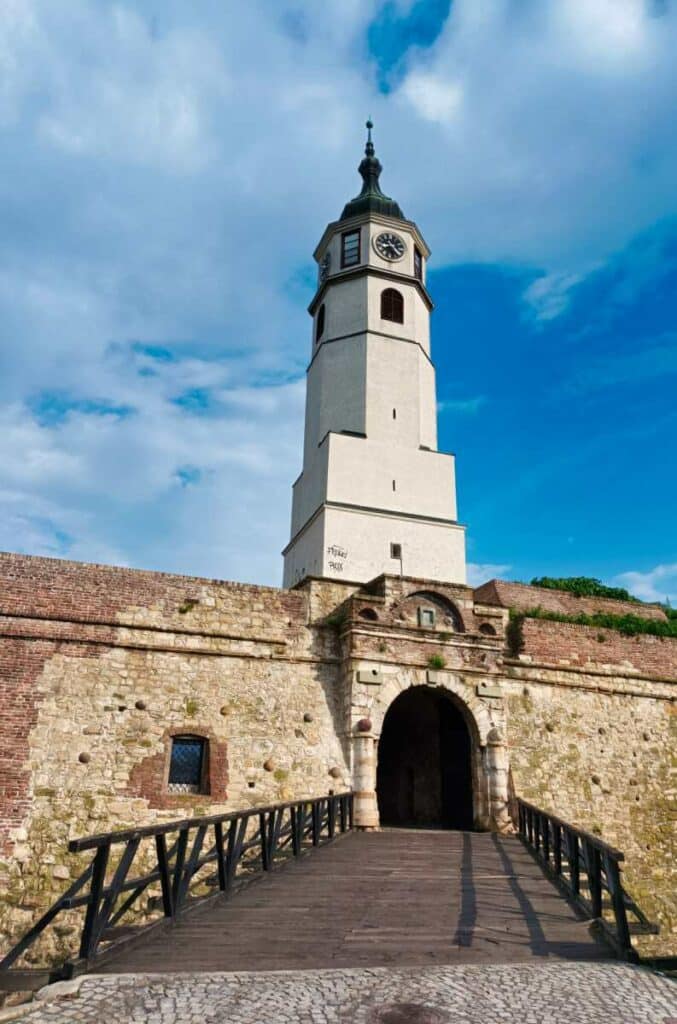
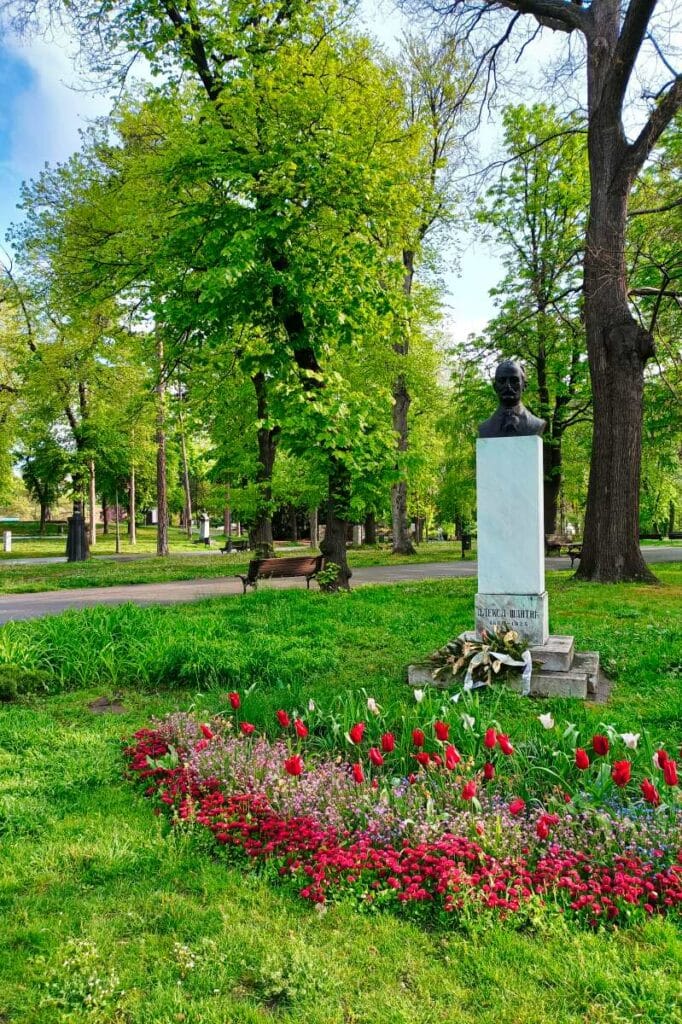
Kalemegdan
High above the confluence of the Danube and Sava rivers towers Belgrade’s largest green and fortification complex. Its name Kalemegdan is a combination of the Turkish word “kale” (“fortress”) and the Persian word “mejdan” (“square”, but also “battlefield”), which perfectly describes the original meaning of this place. This name is not quite correct, because actually only the park in front of the fortress is called Kalemegdan and the fortress is simply called Belgrade Fortress. However, this does not bother anyone even on site.
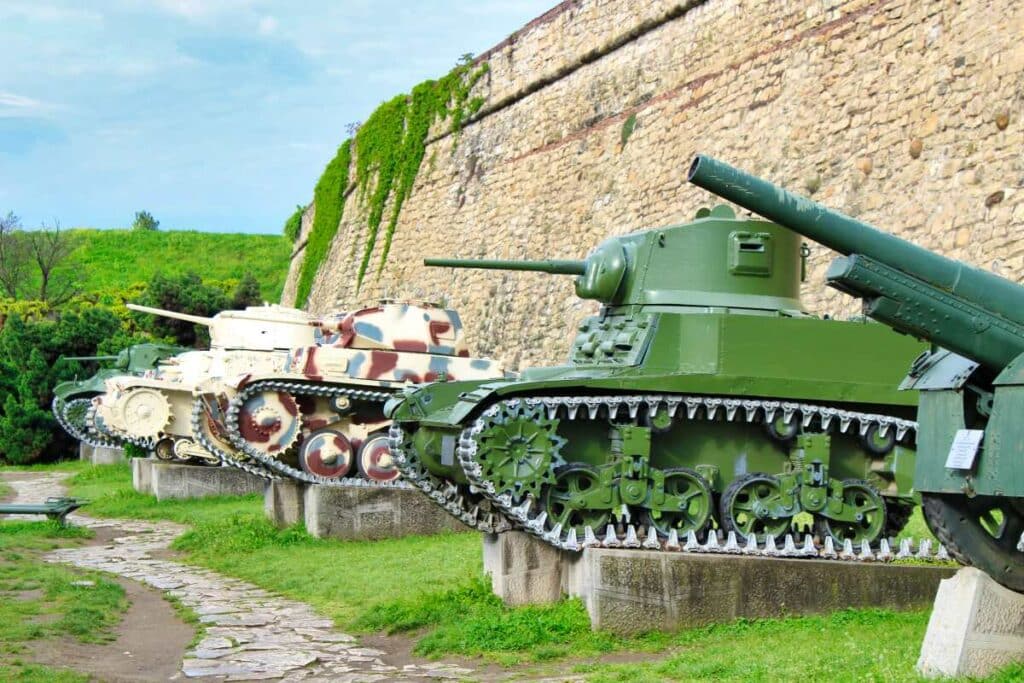
The citadel is considered one of the oldest in the world and has been attacked more than a hundred times over the centuries. Where once the enemy was deterred and put to flight, along with the picturesque park, there remains an important cultural-historical complex, which, in addition to sculptures, monuments, gates and fountains, also houses several well-known sights of Belgrade, including the Military Museum and the Sahat Kula clock tower. Especially worth seeing is the Nebojša Kula tower, the only well-preserved structure of the medieval fortification. You should not miss a visit to the Rose Church with its beautiful historical frescoes. The church of St. Petka is also worth a visit.
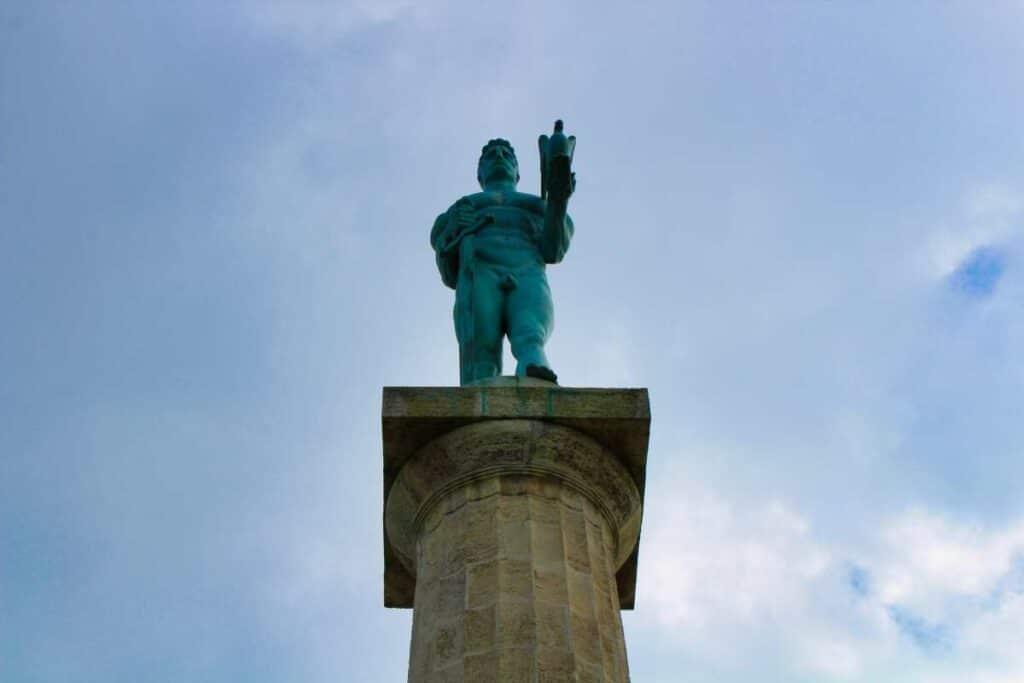
The “winner” overlooks the city
The statue of Pobednik (“the winner”) is also worth seeing. Already in 1913, the Belgrade municipality decided to build a monument on the occasion of the victory over the Turks, but it was inaugurated only in 1928. From here you can enjoy a sensational view of the city.

White lions and very old crocodiles
If you like, you can also take a walk from here to Belgrade Zoo, one of the most beautiful Belgrade sights, where you can admire white lions, among other things, after all, the city is also called the “white city”. The star of the zoo, however, is a crocodile that the zoo acquired back in 1937 and that is said to be the oldest crocodile living in a zoo in the world.
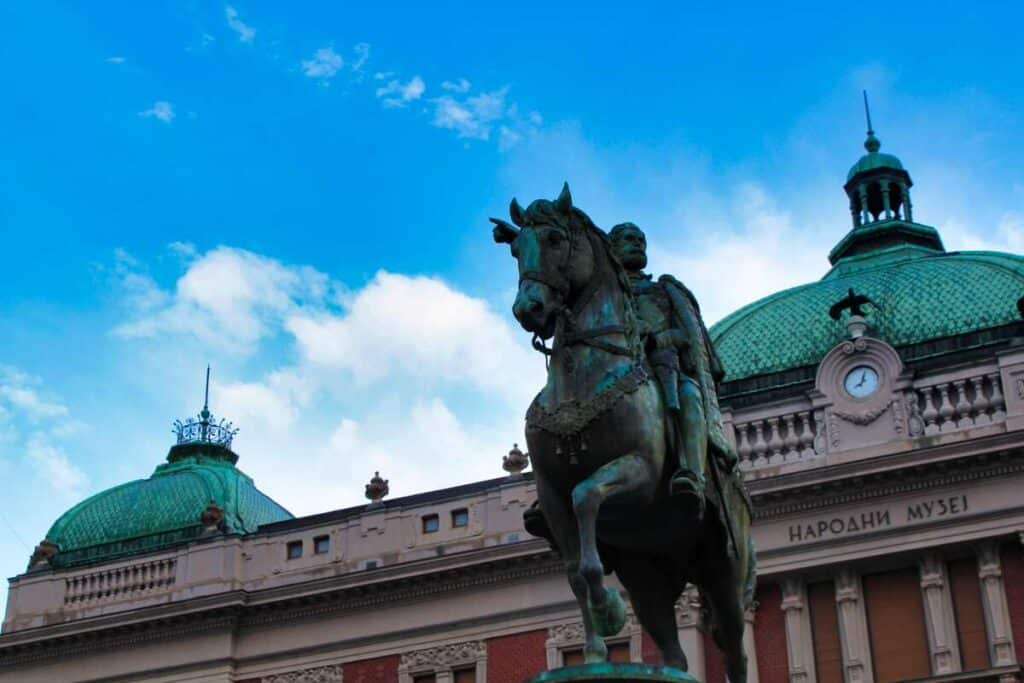
Trg Republike
From the fortress you can walk along Kneza Mihaila, Belgrade’s magnificent boulevard with its many Art Nouveau buildings, to Trg Republike, Republic Square.
If you were to ask Belgrade residents where the absolute center of the city is, Trg Republike would pretty much be the most common answer, which also makes it one of the most important Belgrade landmarks. The location is symbolic, as a large city gate once stood here, in front of which the Ottomans used to execute non-Muslim subjects by impalement. Thus, the square also stands for Serbian liberation from foreign rule.
On a horse
The square is dominated by the monument of Prince Mihailo, inaugurated in 1882, where people like to meet and say that they meet “under the horse” (“kod konja”), after all the prince sits high on his horse. Its artistic design makes it one of the most photographed Belgrade sights.
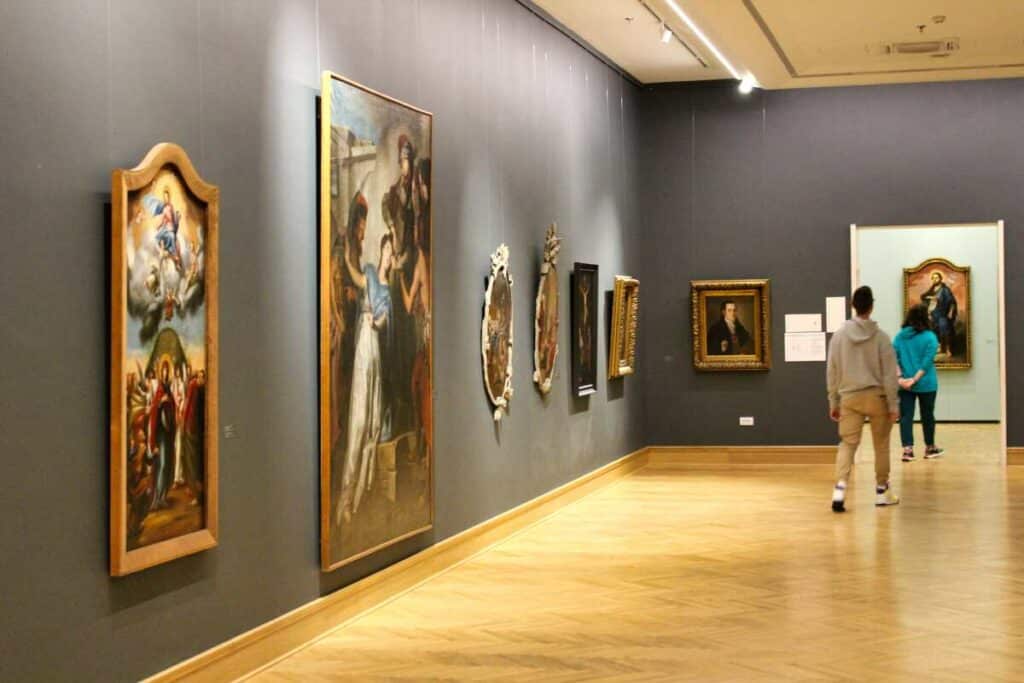
Mummies and Old Masters
The Monument to the Prince is located right in front of the Serbian National Museum, which you should not miss. Of particular value are the early period collection items, especially of Neolithic cultures from Lepenski Vir, Starčevo and Vinča. The mummy of an Egyptian priest is also on display, as well as an impressive collection of Yugoslav and Western European art. The museum displays works by Picasso (two drawings), Gaugin, Kandinsky, Liebermann, van Gogh, Monet, Tiepolo, Canaletto, Tintoretto, Rubens and Renoir, who is represented here with several paintings.
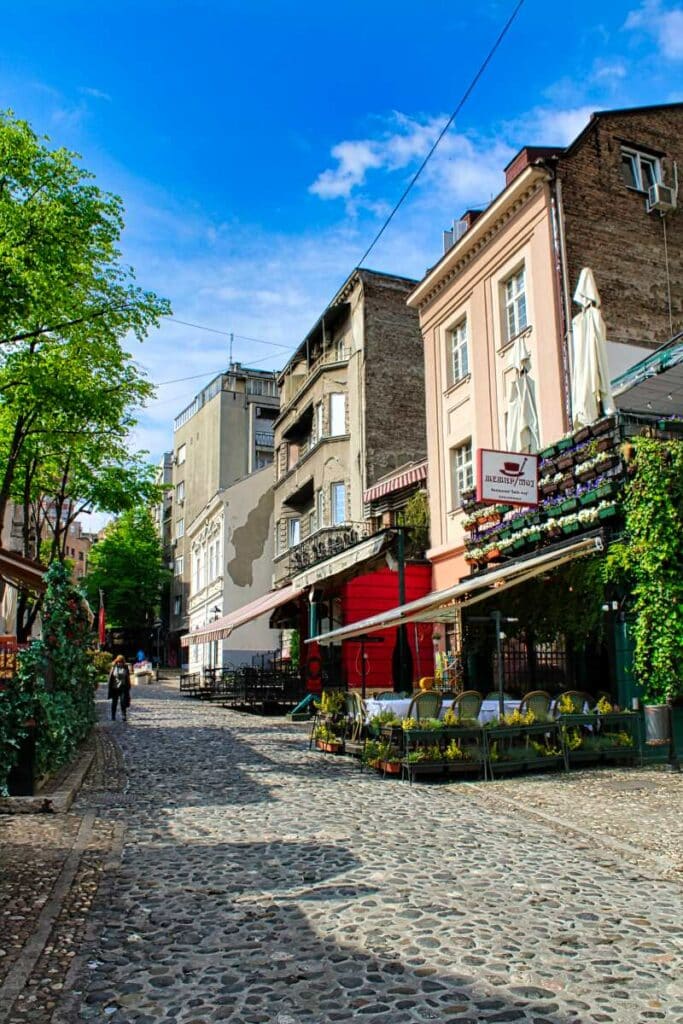
Skadarlija
What Montmartre is to Parisians, Skadarlija is to Belgraders. An average of 20,000 visitors per day prove that this small but fine quarter around Skadarska Street is a veritable institution. From the late 19th century, people spoke of the bohemian quarter and this reputation has remained until the present day. It was shaped by writers and artists who lived in the increasing number of pubs at the end of the 19th century. The number of pubs and bars increased at the end of the 19th century. In the evenings, numerous pubs and restaurants await you, making Skadarlija one of the coolest places to visit in Belgrade.
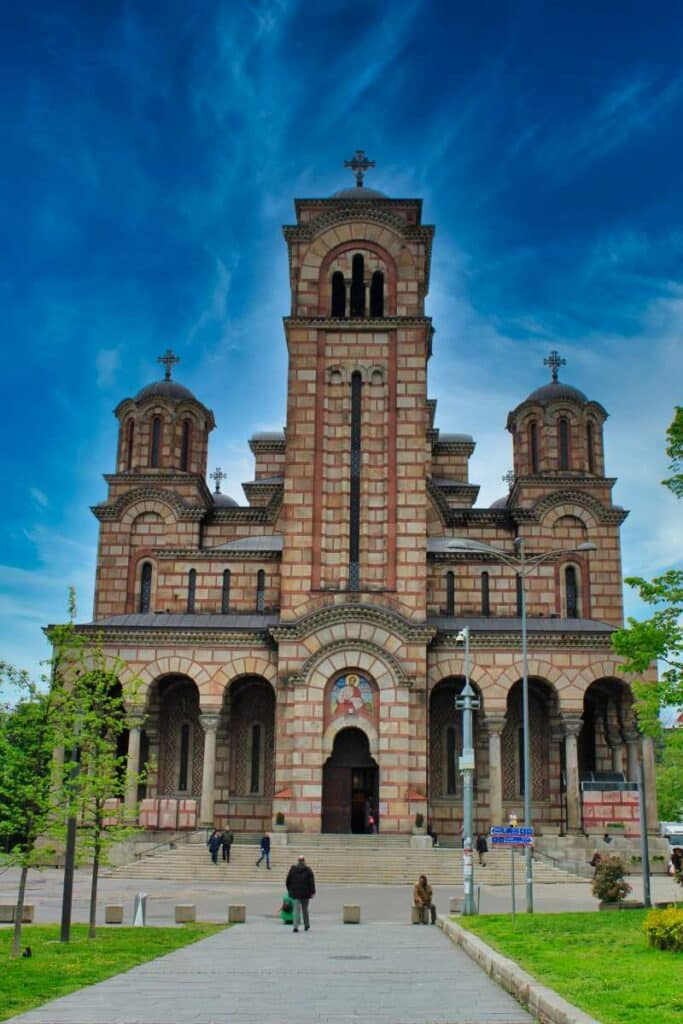
Church of St. Mark
Built between 1931 and 1940 in the Serbian-Byzantine style, St. Mark’s Church was considered the largest Orthodox place of worship in the then Yugoslavia until the construction of St. Sava’s Cathedral.
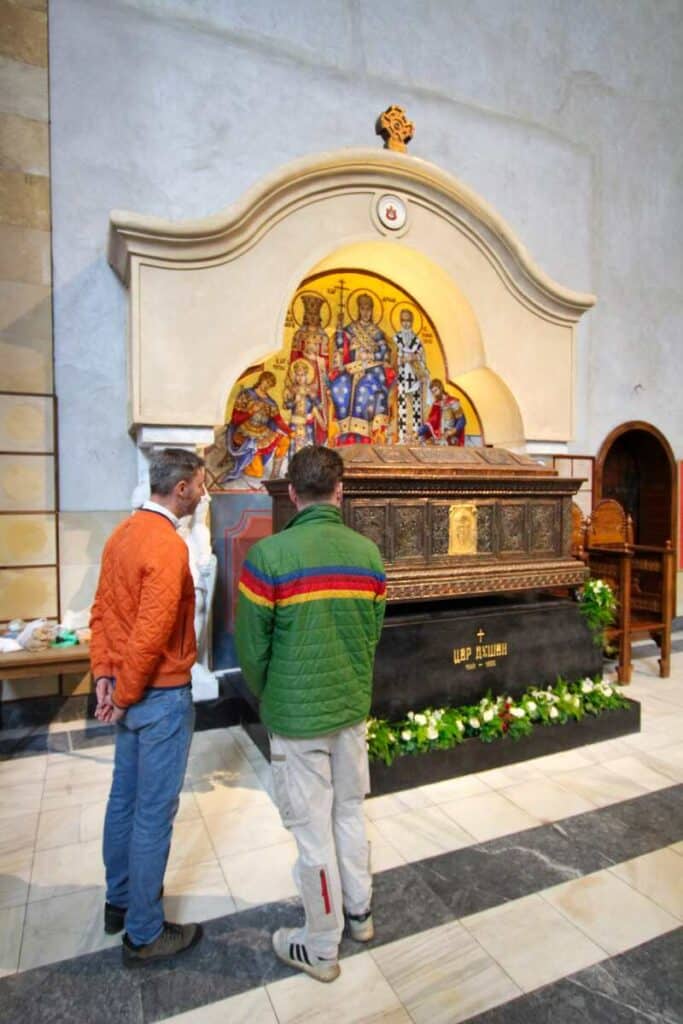
The tomb of the tsar
The church has a large collection of Serbian icons. At the current location of the church, the independence of the Principality of Serbia from the Ottoman Empire was proclaimed in 1830. Inside there is also the tomb of Stefan Uroš IV. Dušan (“the Great”), the first Serbian emperor/tsar (1346-1355).
Nikola Tesla Museum
The clearly arranged museum in honor of Nikola Tesla conveys the achievements of the inventor and electrical engineer in an interactive way and provides an insight into the private life of the legendary scientist. Even the urn with his mortal remains rests here.
On the first floor, the museum’s thematically divided permanent exhibition is located in seven rooms. Numerous personal items and a 15-minute film regularly shown in the video room bring the visitor closer to the person of Nikola Tesla. The functional exhibits contribute to the understanding of his inventions, and the guided tours that take place several times a day are also extremely informative.
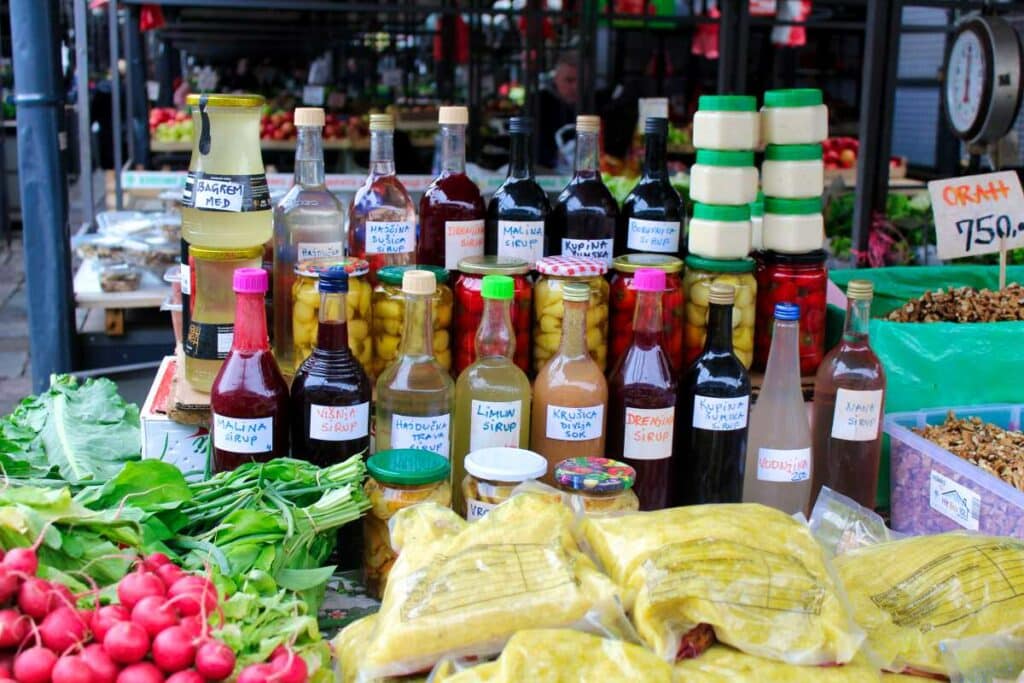
Kalenić market
Kalenić is one of the largest open-air markets in the city. Several hundred stalls sell mainly local products. If you are not in the mood for seasonal fruits, vegetables or homemade pastries, there are stores with all kinds of meat and fish. But Kalenić has far has more to offer than edibles: Besides flowers, potted plants, clothes and household appliances, you can also buy consecrated candles or Orthodox icons and even pets.
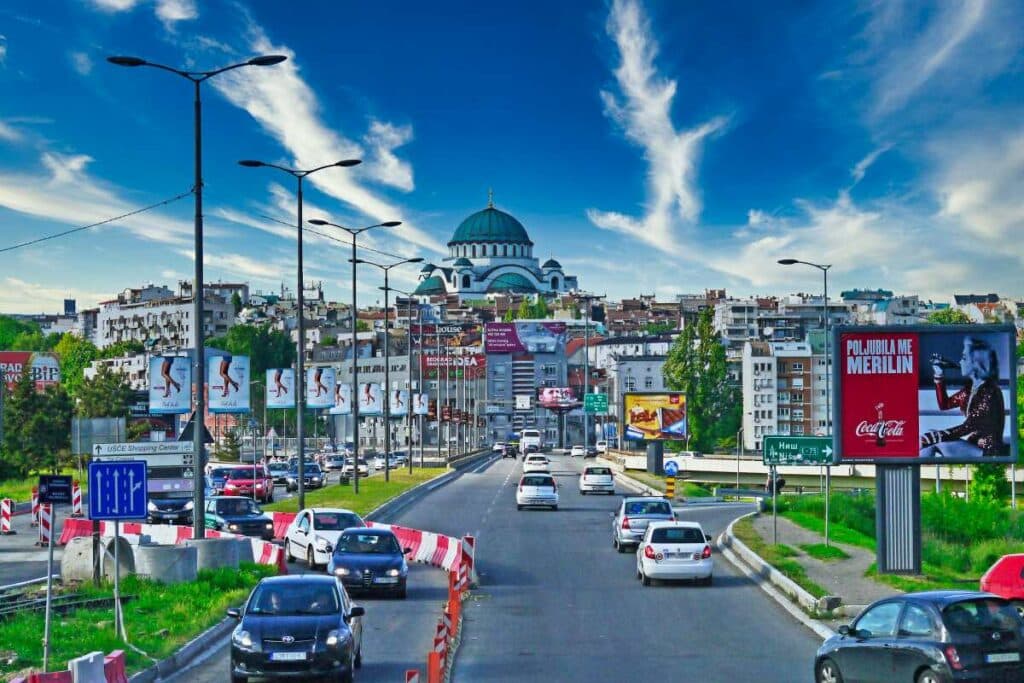
Cathedral of St. Sava
The largest church in southeastern Europe and one of the largest Orthodox places of worship
is dedicated to the first Serbian Archbishop Sava, who lived in the 12th and 13th c. lived. The mortal remains of the national saint were presumably burned here. The Hagia Sophia in Istanbul served as a model. The dome has an inner diameter of 30.5 meters and an outer diameter of almost 40 meters.
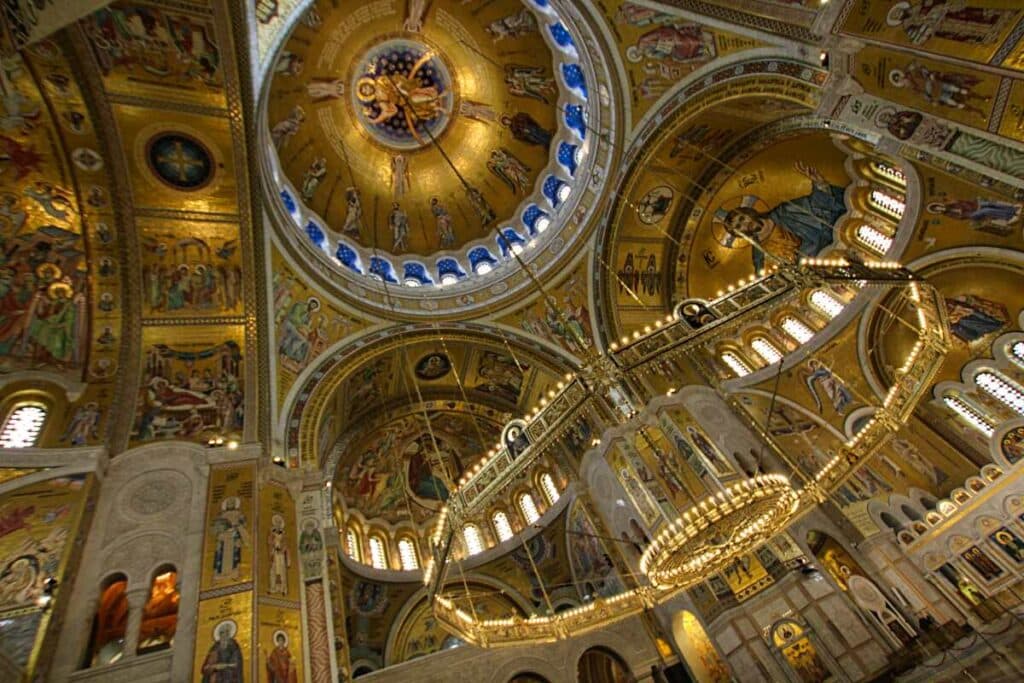
Russian money for the “new Hagia Sophia
In 2007, the exterior works were completed, meanwhile the interior works were completed, mainly with Russian funds. President Vučić referred to the church as the “New Hagia Sophia” after the transformation of Hagia Sophia into a mosque, which underlines the special significance of the place of worship for Serbia and the Orthodox world.
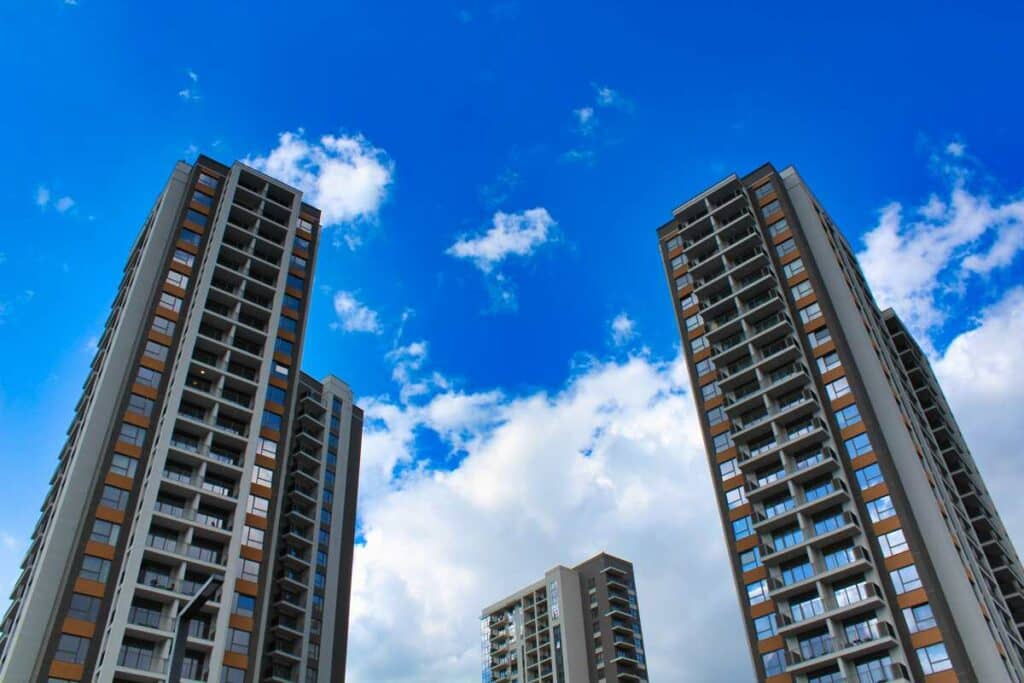
Belgrade Waterfront
Belgrade’s newest landmark is a place of superlatives. In 2014, the Serbian government reached an agreement with Arab investors to build a completely new district along the banks of the Sava River, on the old side of the city around the main train station. Beograd na vodi” (“Belgrade on the Waterfront”), as the project is called in Serbian, is regarded by the city’s leaders as a jewel of urban development.
In the meantime, numerous major projects have been realized, including the Galerija Belgrade, a superlative shopping center, and the Belgrade Tower (Kula Beograd), a 168-meter skyscraper that widens towards the top and is not only the tallest building in the Balkans, but has also permanently changed the face of the city. However, construction is still going on, so we will have to wait and see how the controversial project develops.

House of flowers
The building, erected in 1975, is the mausoleum of Yugoslav head of state and dictator Josip Broz Tito (1892-1980) and his wife Jovanka Budisavljević Broz (1924-2013). It served Tito as a winter garden in the immediate vicinity of his Belgrade residence until his death. The complex is part of the Museum of Yugoslavia and one of the most exciting and perhaps curious Belgrade sights, which today attracts tourists mainly from China.
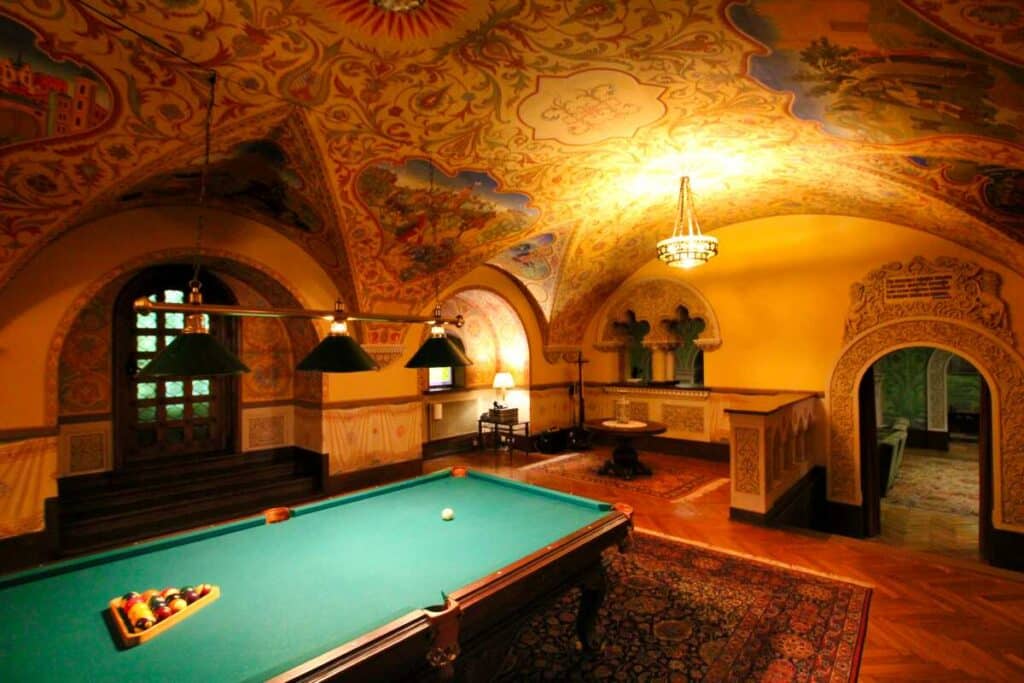
Royal residence
The estate can be visited only on a guided tour, as today it is inhabited by Crown Prince Aleksandar II (the grandson of Aleksandar I Karađorđević) and his wife Princess Katharine.
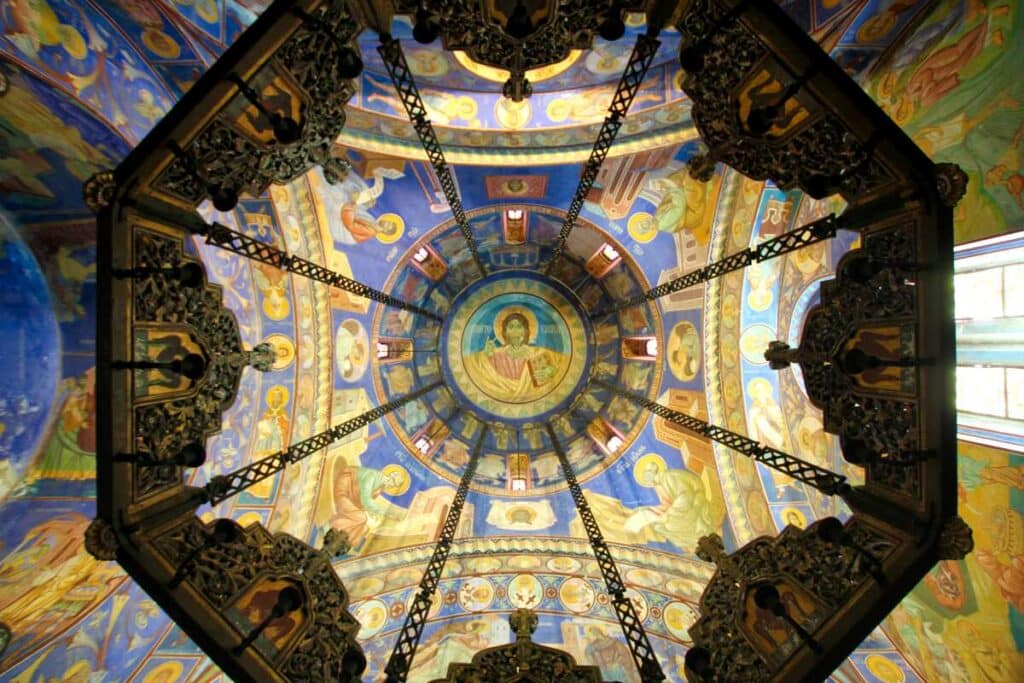
A visit to Tito’s cinema
The tour first leads through the White Palace, which Aleksandar I once had built for his children and which was used as a private residence by Tito. The actual royal palace is also part of the tour. Interestingly, the most beautiful area here is the cellar, which resembles a fairy tale from 1001 Nights and was used by the king, and later also by Tito, who maintained his own cinema here. Also to be visited is the private church of the “Serbian Royals”, which with its wonderful frescoes is one of the most beautiful photo motifs in the city. Important: The tour takes place only on certain dates (mostly on weekends). You have to book it in advance on the website of the tourist information.
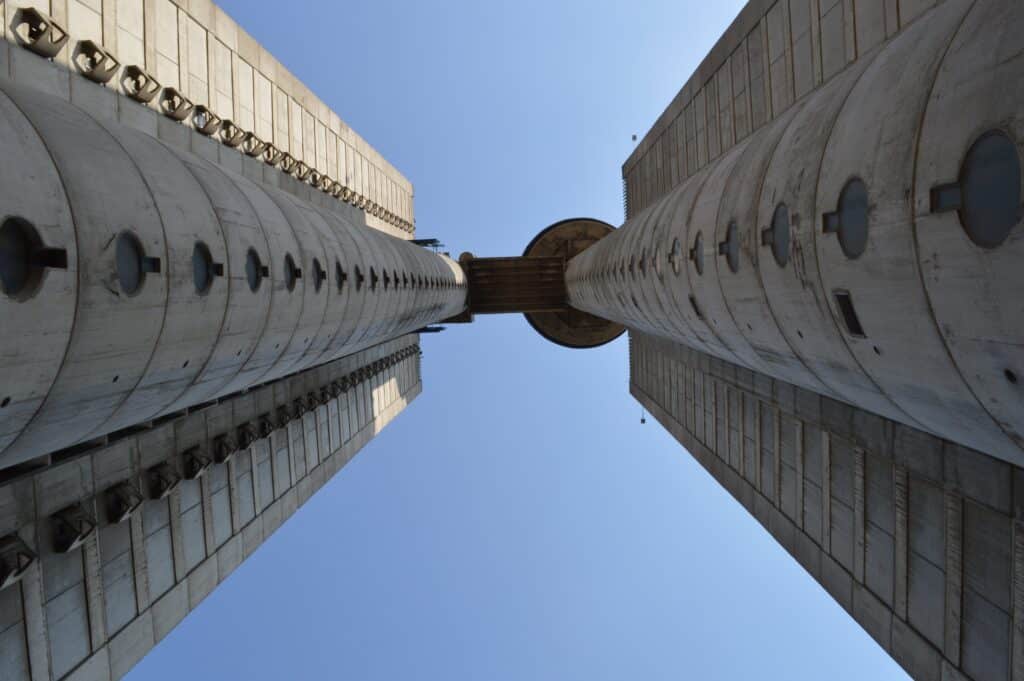
Novi Beograd
Novi Beograd, or New Belgrade, is the name of the district west of the Sava River that was built after World War II and resembles an open-air museum of socialist urban planning. Here you can walk for hours without seeing too many “real” sights, but there are plenty of parks and you get a good insight into Serbian everyday life.
The Genex Tower – an splendid architectural monument
The landmark of the district is the Genex Tower, which you can see in the photo. At 115 meters, it is still one of the tallest buildings in the Balkans, even though the Brutalist-style structure was inaugurated in the early 1980s. Sometimes it is called the “West Gate of Belgrade” because of its location.
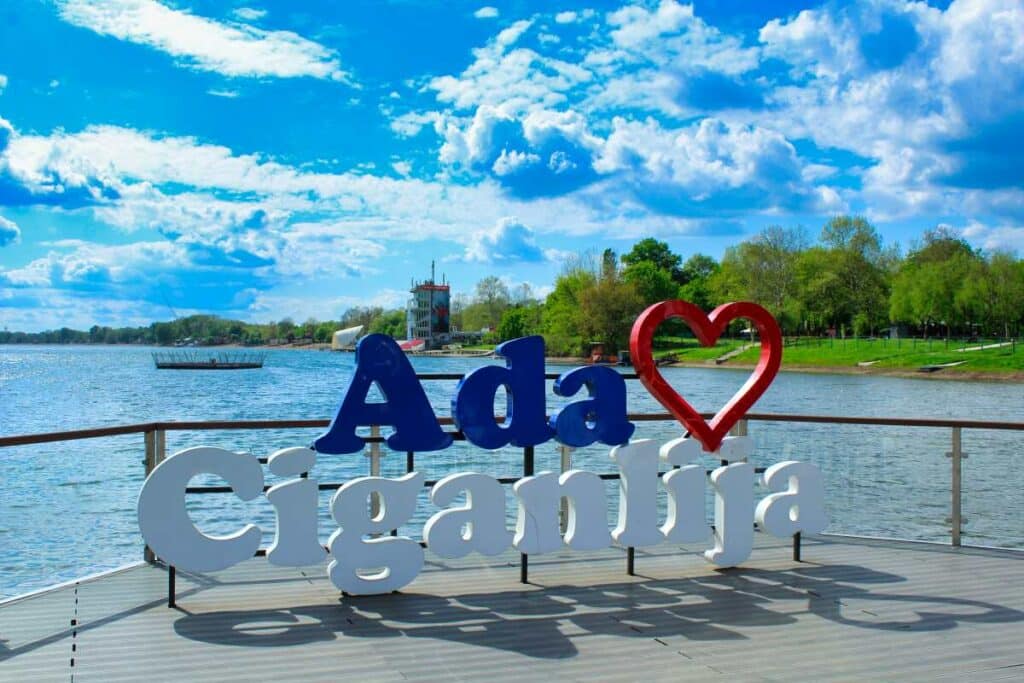
Ada Ciganlija
The locals refer to the Ada Ciganlija, not without pride, as the “Sea of Belgrade”. The recreational area on the outskirts of the city is extremely busy almost around the clock. The former river island has been transformed into a peninsula by an artificial connection with the bank of the Sava River and offers – only four kilometers from the city center – a touch of free nature.
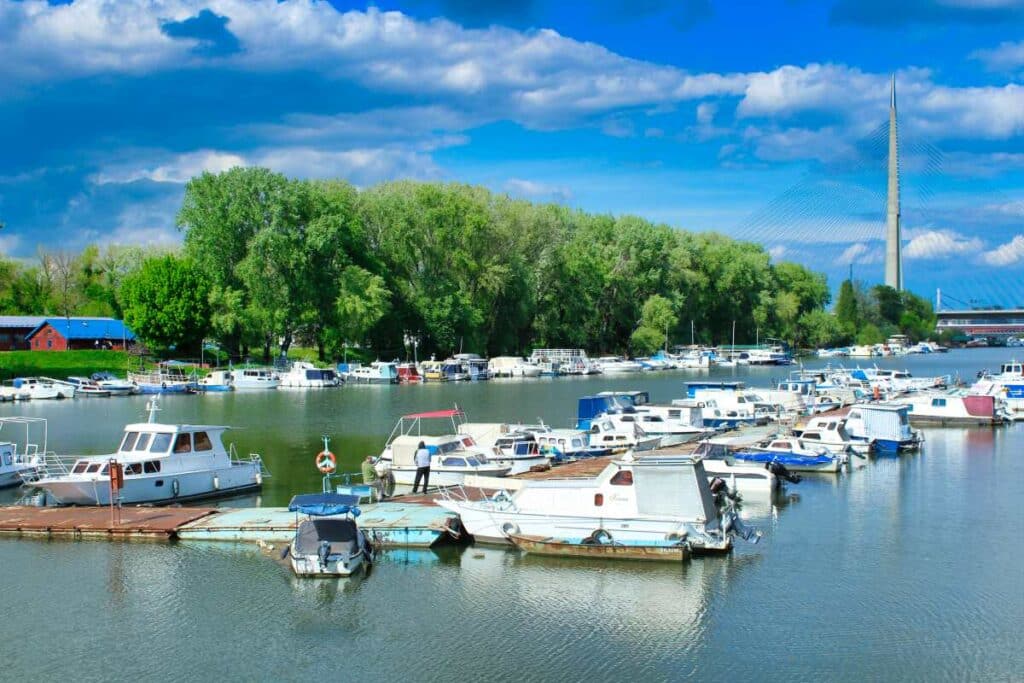
Especially in the warmer half of the year, the beaches and the extensive recreational offer often attract around 100,000 visitors every day. Thanks to the more than seven kilometers of beach, everyone can find a place to swim here. On weekends in high summer, however, it can get quite crowded in perhaps the most popular of all Belgrade attractions. Numerous bars, restaurants and clubs as well as water sports providers await you here.
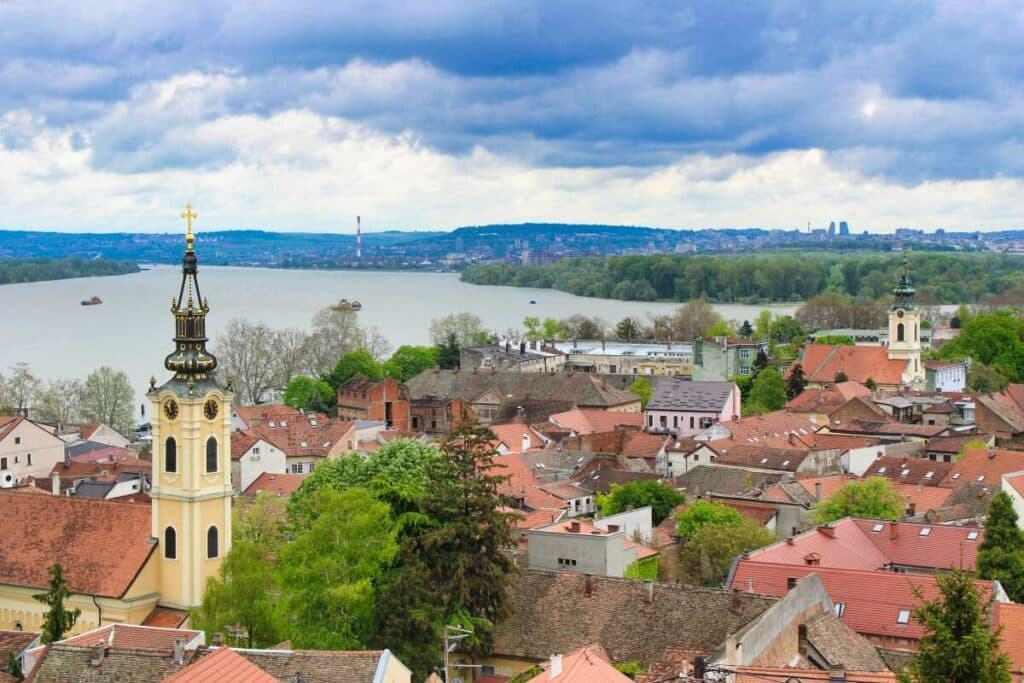
Zemun
Zemun has belonged to Belgrade only since 1945. Before that, for centuries, it was a neighbor and at the same time a rival, located only a few kilometers away, but still in a different empire. Between Belgrade and Zemun once ran the border between the Ottoman Empire and Austria-Hungary. When the inhabitants of Zemun still defiantly emphasize that they do not actually belong to Belgrade, they may also be referring to this former division.
The fact that Zemun experienced its most significant period of development while still under the Austrian flag is especially evident in Donji Grad (“Lower Town”). Its oldest and most important street, Glavna ulica (“Main Street”), is characterized by many buildings from the 18th and 19th cent. which testify to the former importance of Zemun. Thanks to the many stores, this area is still very lively, but the once magnificent facades have now been powerfully gnawed by the ravages of time.
While the lower part of Zemun is the most historical, Gornji Grad (“Upper Town”) is considered a feast for the eyes: here the visitor strolls through the old cobblestone streets of Gardoš Hill and along the Danube at Zemun Quay – a great contrast to the rest of Belgrade’s sights.
A tower with a dream view
Narrow streets and colorful, low houses give the old quarter of Gardoš its romantic character. Visitors come across a variety of small cafes and fish restaurants full of ambience. Gardoš is dominated by the tower of the same name, which today serves as a lookout point. In 1896, four such towers were erected on the outermost borders of Austria-Hungary on the occasion of the 1000th anniversary of the Empire. This is the southernmost one and is considered one of the most beautiful Belgrade sights thanks to the dream view.
Belgrade Sightseeing Book Tips
With this tour guide you can explore the most beautiful Belgrade sights, but also learn a lot about the country and its people. In addition, you will receive many interesting restaurant and shopping tips and get introduced to the most exciting museums of the city!
Belgrade is considered one of the culinary hotspots in the Balkans. In this book, you will be introduced to the most delicious Serbian dishes (using gorgeous photos), which you can then easily recreate at home.
Serbian roads can be a challenge. Good thing there are the maps from the World Mapping Project, with which you can travel safely and reach even remote places on your Balkan road trip without any problems.
- Peter Rump, Reise Know-How Verlag (Author)
How did you like the article about the most exciting Belgrade sights? Let us know and write us a comment! And which place should we visit next for you? Feel free to write us!

